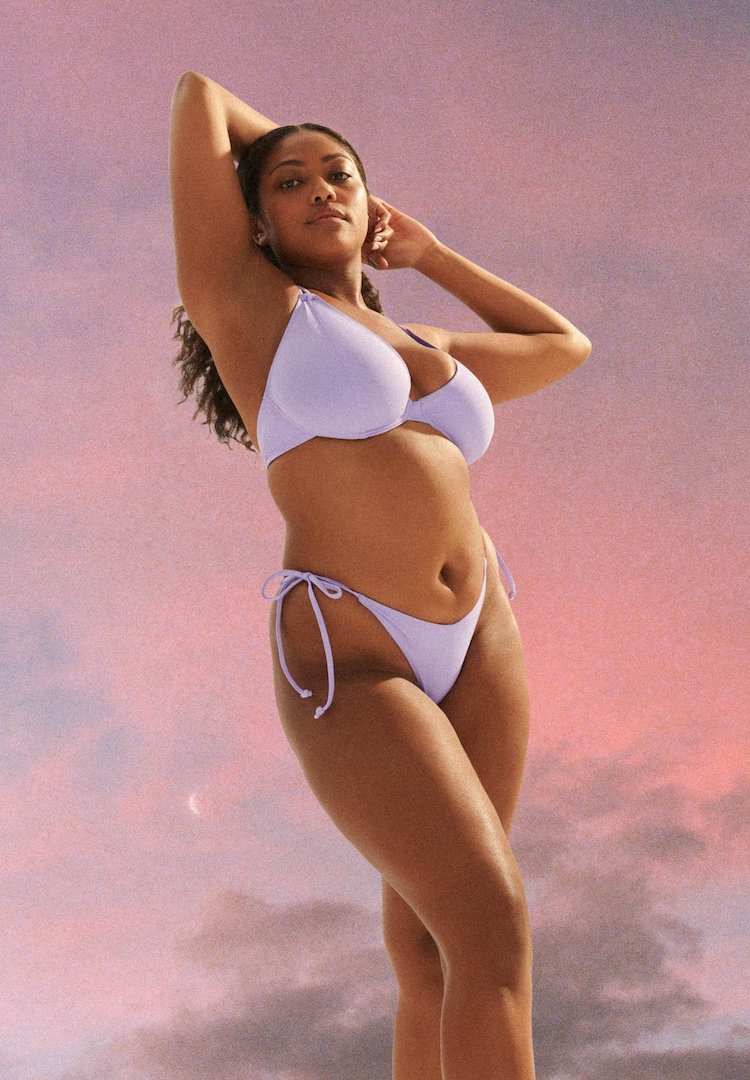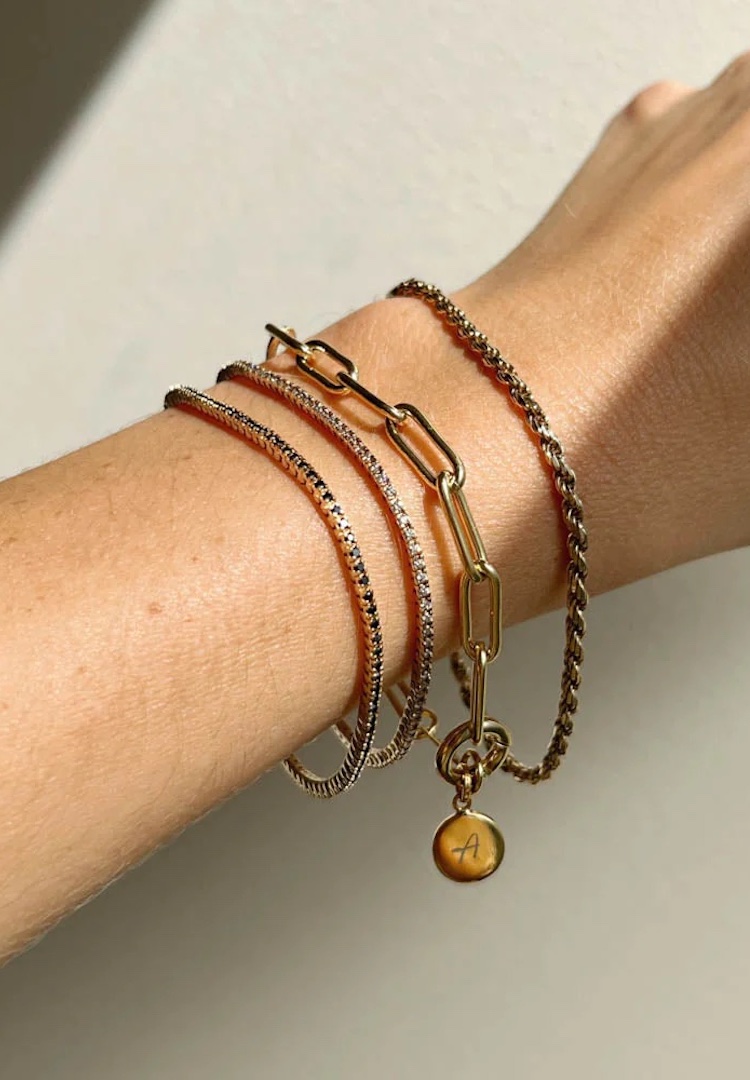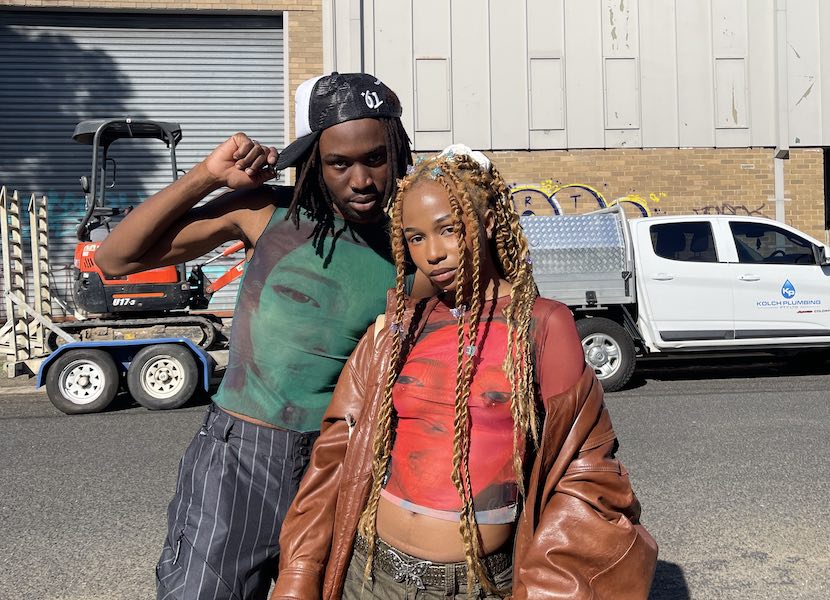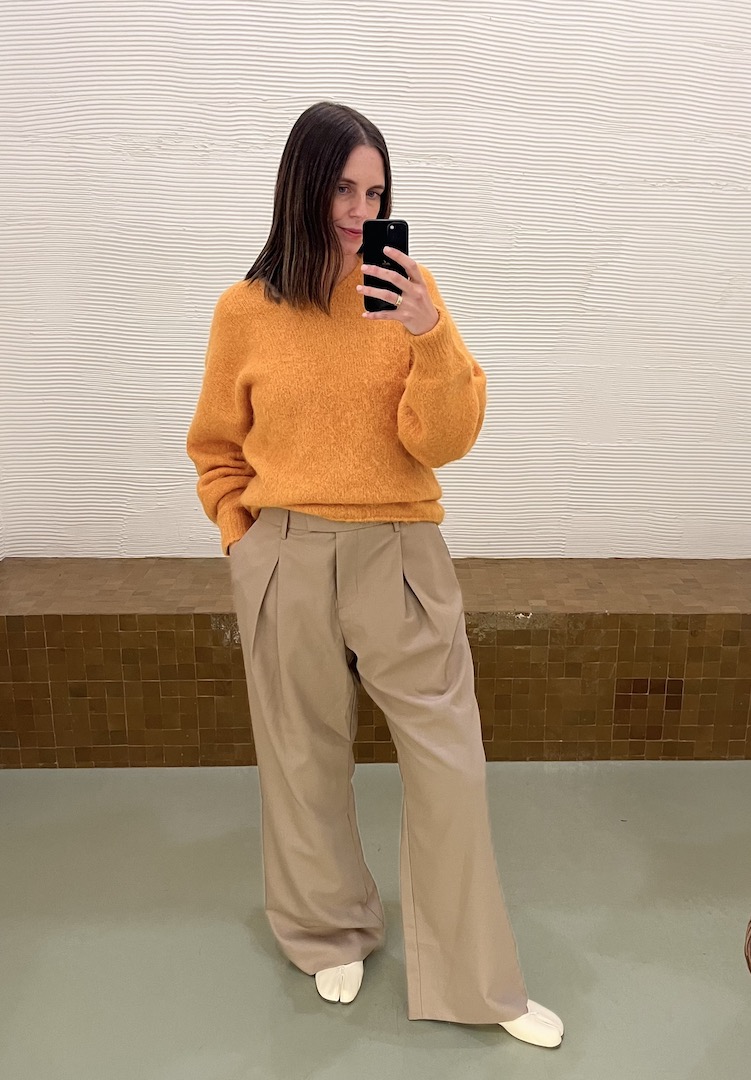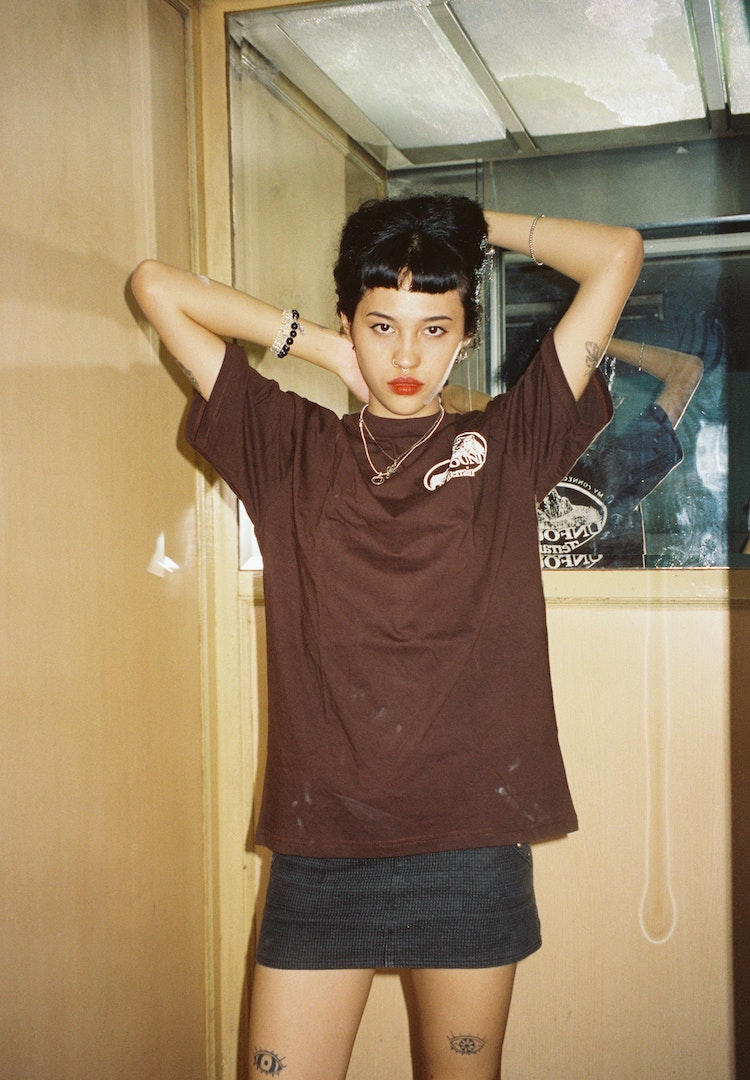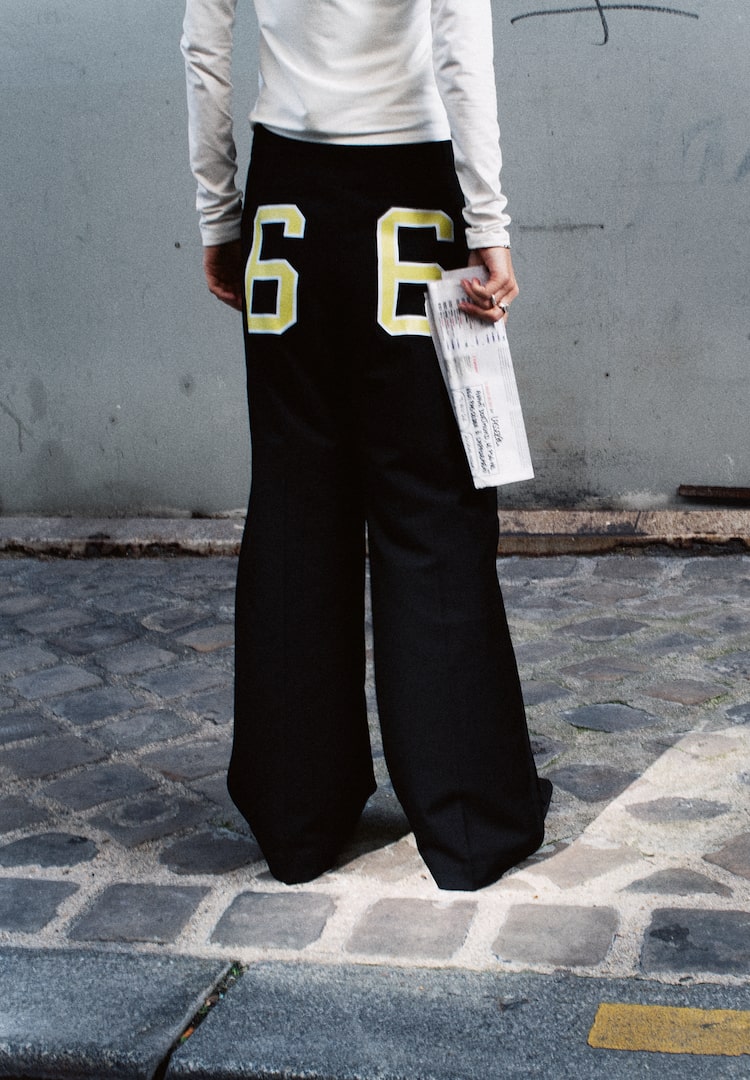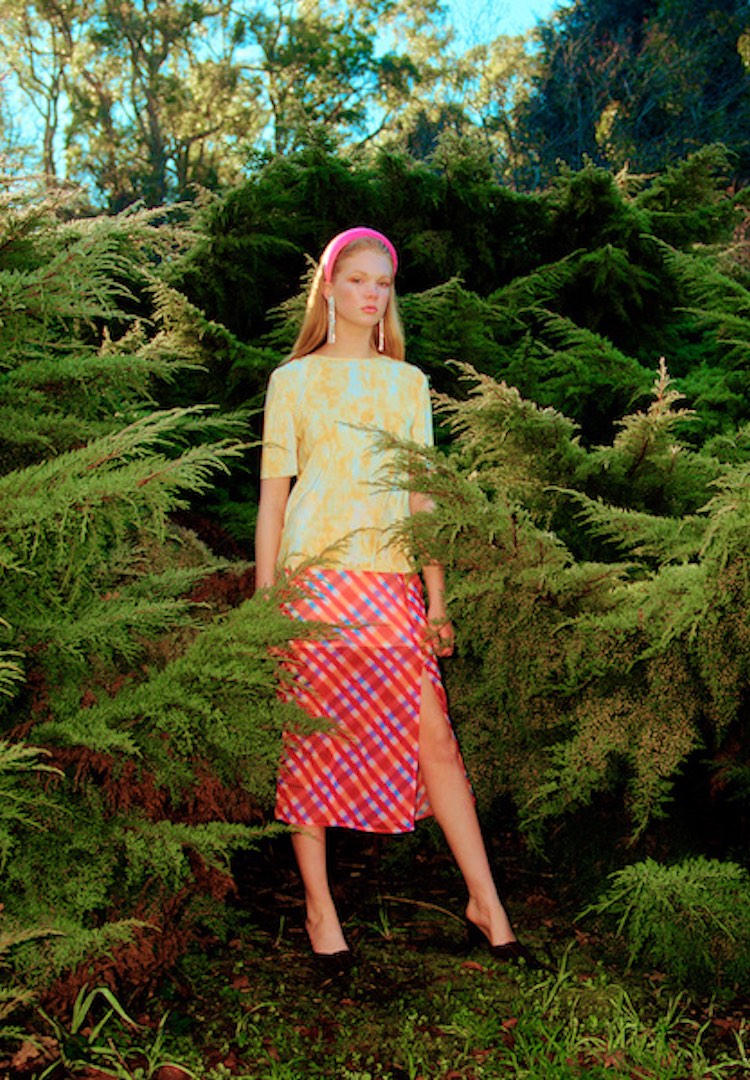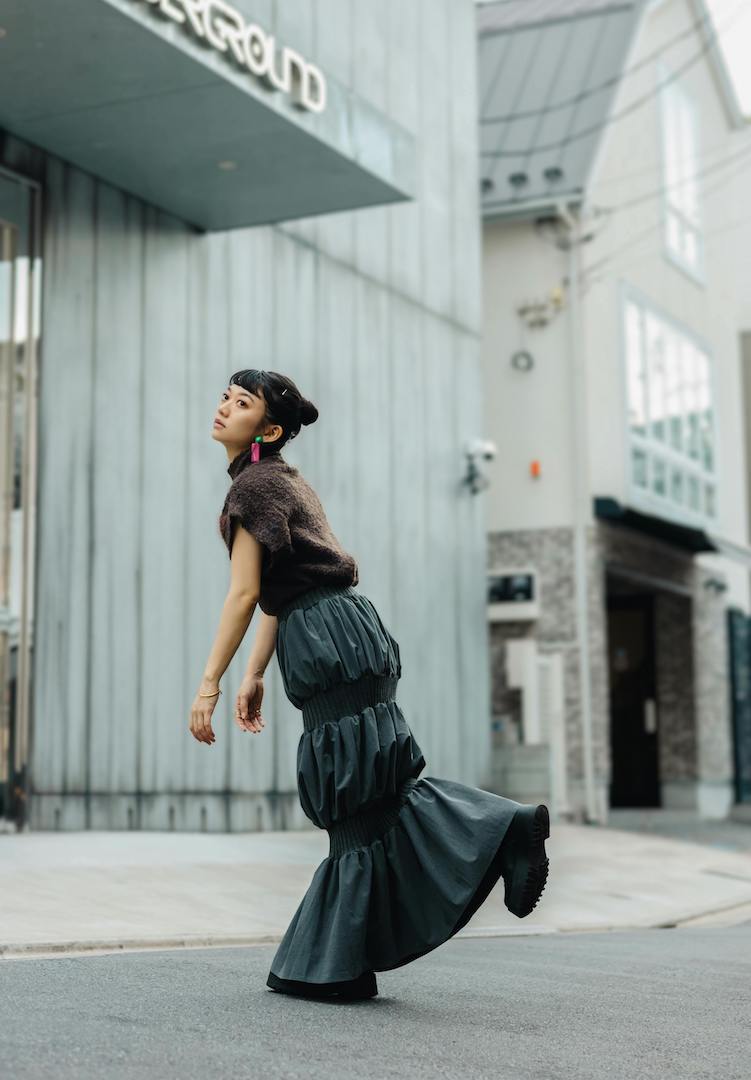Successful Goodbyes sellers share their top consignment tips
WORDS BY CAIT EMMA BURKE
“If I want to be creative and experiment with my wardrobe, then some things have to go to make way for others.”
I’m a long-time fan girl of consignment fashion. I’ve had the pleasure of experiencing the different facets of consigning across my career in the fashion industry. For years I worked at a much-loved consignment store in New Zealand and I’ve consigned countless items in stores around the world.
Much of my current wardrobe has been purchased with the money I’ve made, and continue to make, from these sales. Now, as a fashion editor and writer, I get to spend my time working on articles like this that highlight the virtues of consignment fashion. It all comes full circle, huh?
For more style suggestions, head to our Fashion vertical.
Since its launch in Melbourne in 2015, Australian consignment store Goodbyes has streamlined and popularised this method of shopping and selling. With stores around Australia and a devoted customer base, all it takes is an afternoon spent rummaging through its racks to understand the magic of engaging in fashion in this way.
By curating a selection of well-made pieces that still have life left in them – you can find everything from luxe designer to quality high street pieces and vintage styles from a variety of eras on its racks – Goodbyes has made a name for itself as the consignment destination for shoppers from every age group. It’s circular fashion in action, and it allows consumers to engage with trends in a way that’s far less damaging, which we at FJ love.
But there’s a bit of an art to choosing what to consign. Season, fabric, silhouette, labels, trends, condition, cleanliness, timelessness and knowing what’s in demand at your local store all come into play. That’s why we’ve asked four of Goodbyes’ repeat sellers to share their tried and true tips for getting your consignment pieces over the line.
Eryca Green, she/her/they
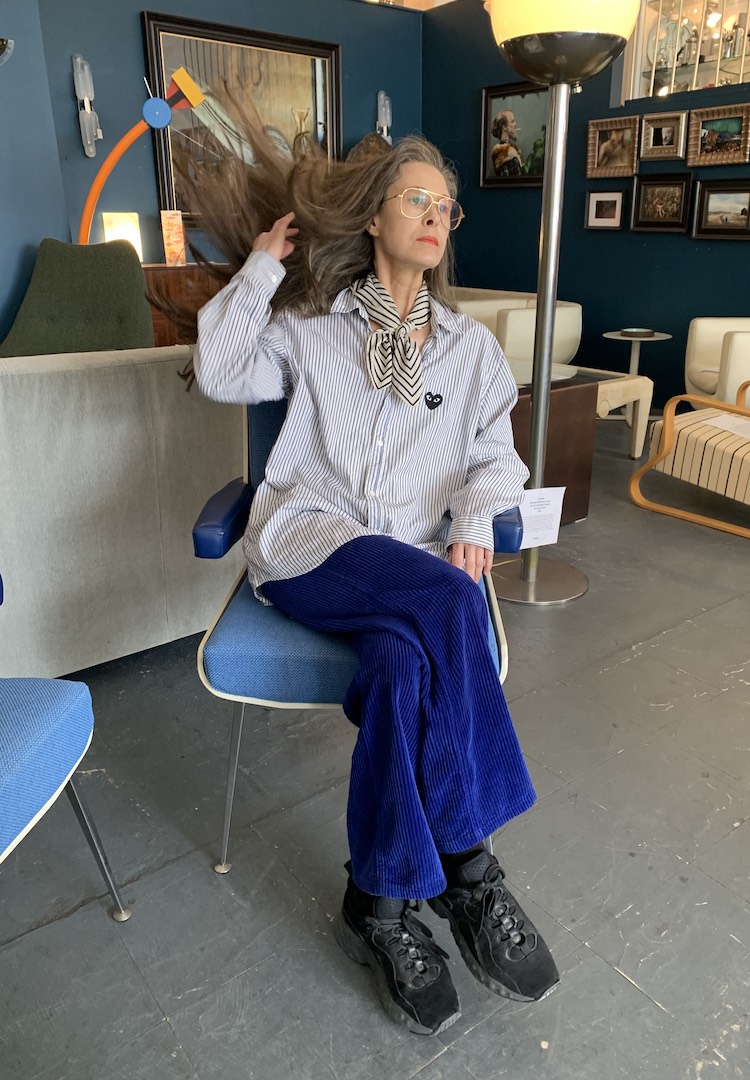
Have you always had an interest in fashion, particularly secondhand fashion?
I am 57 and have experimented with fashion since I was 16. I have imitated, rebelled against, followed fashion and trends, made my own clothes, bought in op shops and worn high-end designer outfits gifted by friends. At the age I am now, I am comfortable in my own skin and understand what works best for me in my wardrobe. It doesn’t mean I don’t make mistakes, but less often. I love buying secondhand for a number of reasons – cost, sustainability and originality.
How do you decide what to keep and what to sell when culling your wardrobe?
Deciding when to let something go is not always easy, but change is always good. If I want to be creative and experiment with my wardrobe, then some things have to go to make way for others. Maybe it no longer fits, no longer says what you want to say about yourself, or maybe you just like something else better.
How much money have you made selling at Goodbyes?
Apparently, I have made nearly $8000 since selling at Goodbyes. I began when the first store opened in Brunswick. I have never taken this as cash, but use it as credit in-store. I love having credit!
What type of clothing do you currently have on consignment?
I have recently downsized my living space and had a profound change in my body, so had to re-assess my wardrobe. I have both designer and vintage pieces on consignment.
What are your top tips for people looking to consign their clothing? What will increase their chances of items being taken and actually selling?
I try to make sure everything is clean and folded when I take it in. It always surprises me what sells. Obviously, certain designers are always popular, but the good basics always go really well and even if they are cheap, the small amounts add up really quickly.
Chau Pham, she/her
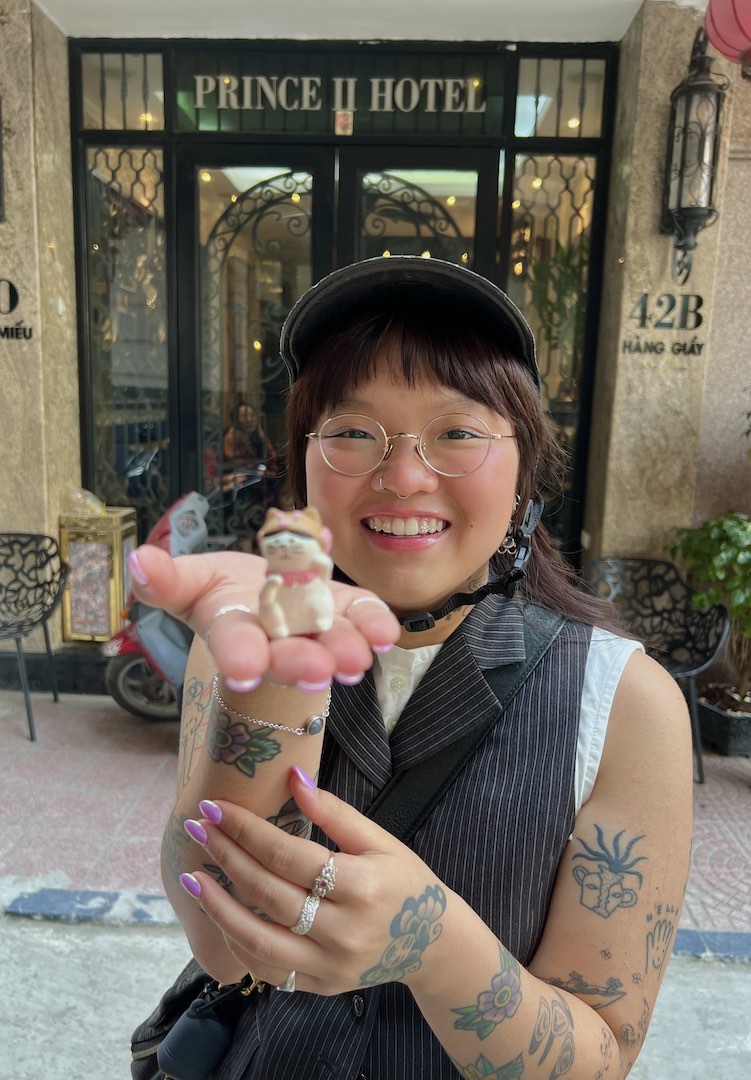
Have you always had an interest in fashion, particularly secondhand fashion?
I have. I lived in Vietnam before moving to Melbourne for my education six years ago. Back then, there wasn’t a… creative outlet for me to express myself as an individual. Although [I had] an interest in fashion, I didn’t know if it was something I could explore… I remember watching The Rachel Zoe Project in secondary school and it was inspiring to see someone who can have such a successful career as a fashion stylist.
As a result, I started exploring with clothes a lot more and decided to pursue my fashion business degree prior to my current major. Since I was still in school and didn’t have a lot of financial capital, buying secondhand clothes was my only way to play around with clothes. I love vintage pieces due to their funky prints and colours and I stopped buying [new] fashion completely in 2017.
How do you decide what to keep and what to sell when culling your wardrobe?
I have a strict policy for myself when deciding which pieces I should keep or sell. If I haven’t worn something for eight months to a year, I will sell them so that they can be loved by other people.
How much money have you made selling at Goodbyes?
I have consigned with Goodbyes since 2017 and was told that I have made $4139.06 so far (a very big number I know!).
What type of clothing do you currently have on consignment?
I have… current season, secondhand and vintage pieces that I collected throughout the years and don’t reflect my current personal style. They are often early 2000s [and] ’90s [and there are] some original ’70s pieces [and] some archive pieces from Miu Miu and Celine and modern brands, such as Baserange and Lazy Oaf.
What are your top tips for people looking to consign their clothing? What will increase their chances of items being taken and actually selling?
I think try your best to keep your pieces in very good or good condition so they still have enough life for people who will be buying them.
Charlotte Boss-Walker, she/her
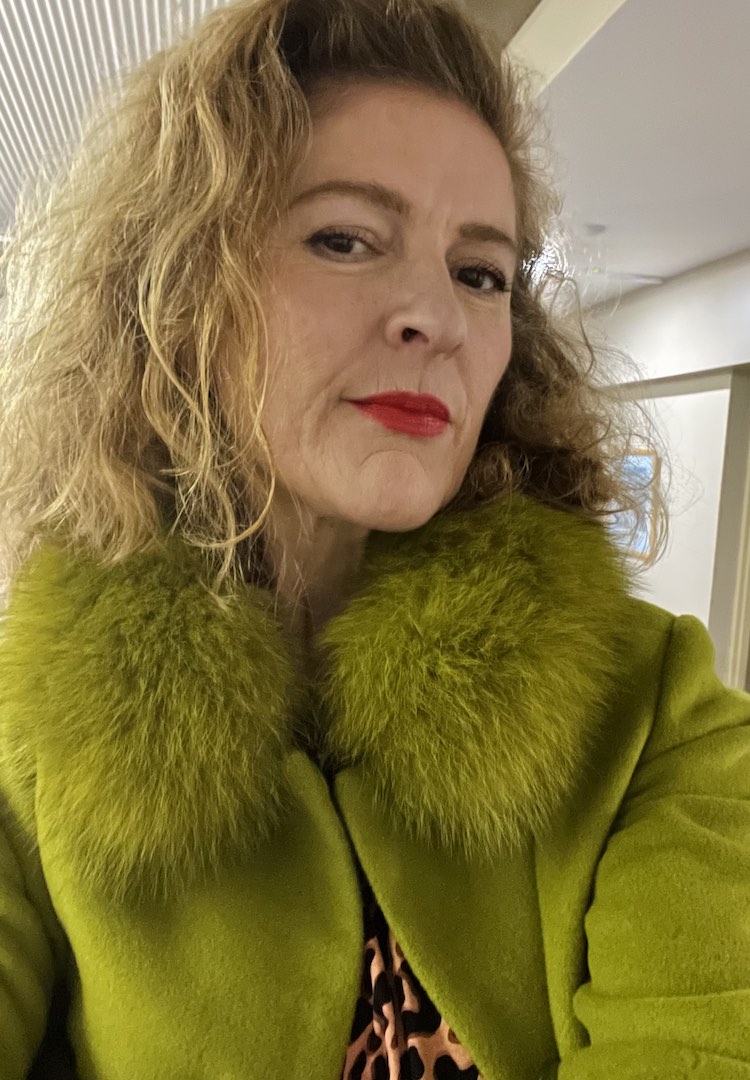
Have you always had an interest in fashion, particularly secondhand fashion?
My mother sparked my fascination with fashion. Style and panache, and the ability to look a million bucks on a shoestring, often finessing her own garments or reworking pieces, and always dressing for occasions! From a wee teen, I have loved the excitement of the rummage in secondhand stores, enjoying the feel, colours and textures and especially the joy of THE FIND!
From scouring Salamanca Market in the ’90s to the wonderfully organised reloved markets and fab consignment stores like Goodbyes today, I delight in participating in ethical fashion. The ugly truths of fast fashion are having a devastating effect globally so shopping sustainably is vital. And an original more curated look with quality garments from any era is always more interesting.
How do you decide what to keep and what to sell when culling your wardrobe?
Well-made staple items such as fine merino knits and classic jackets can stay in my wardrobe for years. Other garments like the impulse buy for a party/event – what was I thinking?! – I can pass on that item quickly.
Colour often dictates whether the garment stays in my wardrobe. I think the mood the colour creates or reflects, defines a particular space I’m in. One colour can dominate my wardrobe for a season or a year [then] something may change in my life and the colour doesn’t seem to resonate, then I can cull. And then there is always the issue of space.
How much money have you made selling at Goodbyes?
Even though I have made money from selling items (95 to date, almost $1,500) with Goodbyes, I rarely collect the cash. I’m often snooping around the racks and it’s handy to have store credit waiting for that next great find.
What type of clothing do you currently have on consignment?
Currently, I have a few winter goodies on consignment. [There’s] a cute cropped Lover black jacket with large wooden buttons. I wore this a lot when feeling nautical. A fun floral pink sleeveless hand knit, a particular party piece, a sunny rainbow Sonia Rykiel cardigan, a great Zadig and Voltaire shirt but it’s a bit big for me and an Obus plaid jacket from a blue period last year.
What are your top tips for people looking to consign their clothing? What will increase their chances of items being taken and actually selling?
I think people look for quality basics in natural fibres like chunky wool jumpers and structured linen jackets. But also items with interesting details that may be on trend. Usually, the classics sell quickly and right at the change of season, before the unusual or unique pieces.
I find these pieces sell well at festival times like Dark Mofo when everyone is hunting for that fun coat or cool clubbing outfit or amazing accessory and are willing to spend more on something fabulous. Goodbyes is a fantastic example of how we can move forward in an ethical way but still have fun with clothes, enjoy fashion and create community.
Kufre Etim, he/him
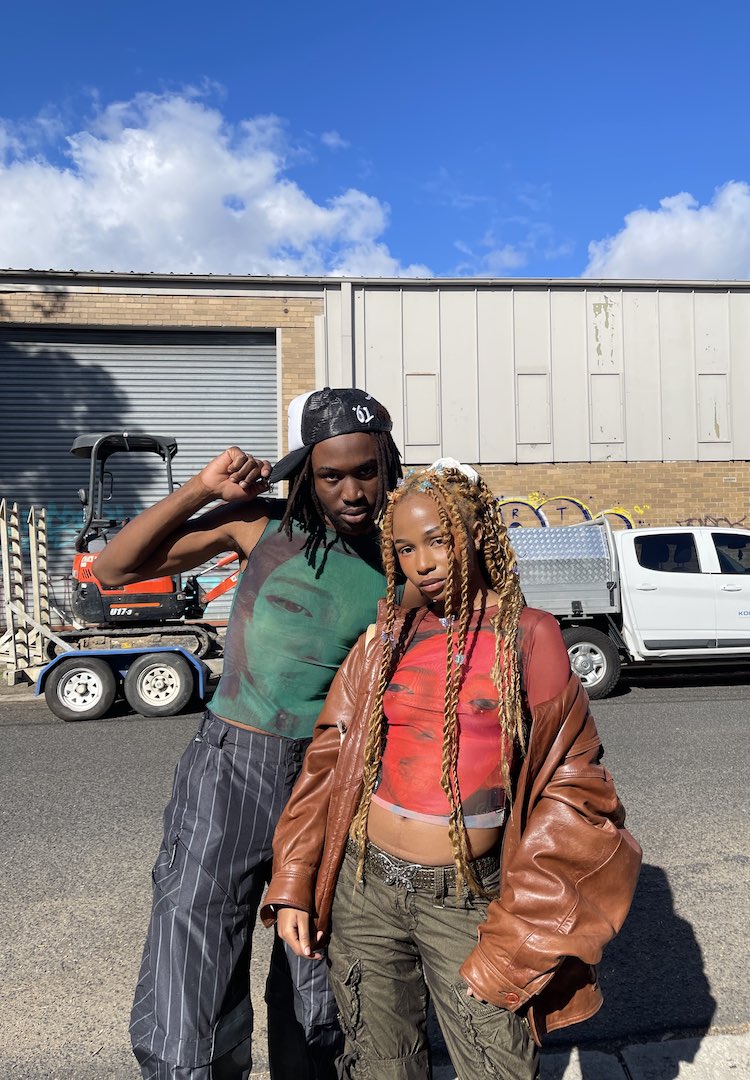
Have you always had an interest in fashion, particularly secondhand fashion?
No, growing up as a kid I never thought about fashion deeply and the many options that were available other than fast fashion. My fashion interest was introduced in my later teen years however I was mostly interested in sneakers because of sports culture. Thrifting and Depop opened a new world of fashion to me and introduced me to secondhand fashion as I realised that there were many more options to choose from…
How do you decide what to keep and what to sell when culling your wardrobe?
Believe it or not, impulsiveness is nine times out of 10 what makes this decision. Followed up by reasoning of the condition, age, style and era of each piece. Additionally, I am aware of trends and styles that people in Melbourne are drawn to. Putting myself in the shoes of the customer makes this decision more efficient as I understand the niche of the stores. In order to find value in a piece I ask myself if I would buy the item.
How much money roughly have you made selling at Goodbyes?
Since consigning with Goodbyes I have made $6275.69.
What type of clothing do you currently have on consignment?
Currently, I have a lot of stock in my studio that I’m planning to consign. Due to winter approaching, I plan on consigning heavy jackets, long sleeves, thermals and denim. Some of the special pieces I currently have to consign would include vintage leather patchwork jackets, Geox shoes, vintage handbags [and] winter men’s and women’s garments sourced from Italy, Paris, Spain and Australia. To list a few brands [there’s] Diesel, Sean John, Timberland, Allanah Hill, Desigual and Save the Queen.
What are your top tips for people looking to consign their clothing? What will increase their chances of items being taken and actually selling?
[The] advice I would give to people looking to consign with Goodbyes would be to really know your product and research. This could be as simple as searching the brand online and seeing if there’s a market for it. Knowing this can let you know if your item is vintage, for example, and then [that will help you] gauge [whether] it can be resold.
I would also recommend being aware of trends and expected trends. Melbourne is the fashion hub of Australia so placing yourself in areas such as Brunswick and Fitzroy gives you an indication of the styles both men and women are currently wearing (people watching can take you a long way – I do this all the time!). Have fun and be creative with it. If you feel you have something that no one else has you could end up starting your own trend!
The main factors that increase the chances of items being taken and sold are the condition, style, brand and season of the item. Try to avoid fast fashion brands as Goodbyes aligns with [the] value of extending the life of slow fashion. Be sure to take time to prepare and launder your items before bringing them in as the presentation takes you a long way!
These responses have been edited for length and clarity.
For more on circular fashion, head here.

